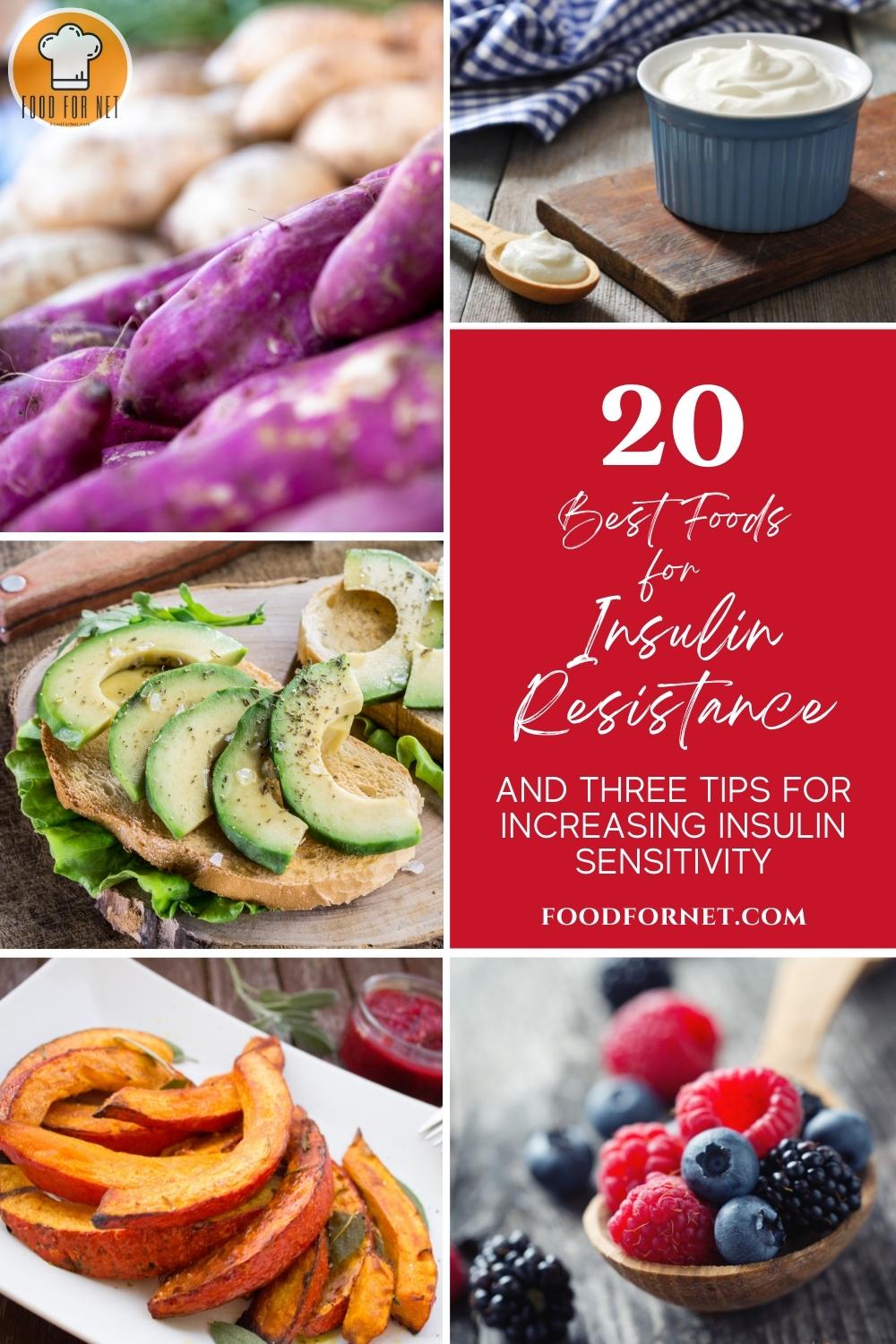
Insulin resistance is one of the key components for metabolic syndrome, which also includes symptoms like abdominal obesity and increased blood pressure. Metabolic syndrome is a precursor to the development of type 2 diabetes. In the United States, there are more than 3 million cases every year.
The good news is that eating the right types of foods could slow or stop metabolic syndrome. In some cases, it’s even possible to reverse insulin resistance with a targeted insulin resistance diet.
If you’re interested in learning more, read through this list of the top 20 best foods for insulin resistance. At the end of the list, I’ll share a few other ideas to help increase insulin sensitivity.
Best Foods For Insulin (With Pictures!)
Oatmeal
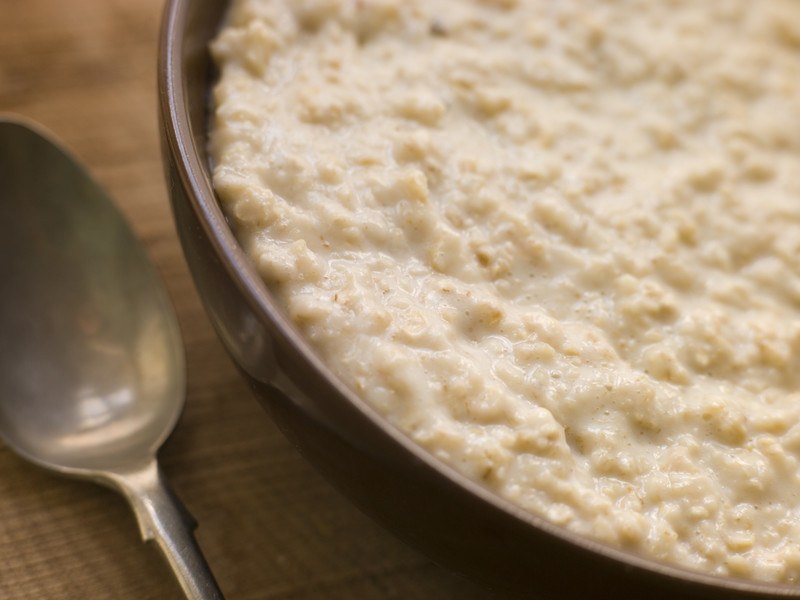
Although oatmeal is a carbohydrate, it’s got a relatively low glycemic index, and it’s rich in fiber. This combination works well to slow the absorption of sugar into the bloodstream when you eat it. You feel full longer, and you’re able to maintain steadier blood sugar levels.
This could help prevent insulin resistance from forming. When you’ve already got diabetes, it could help reduce the need for insulin injections.
Cinnamon
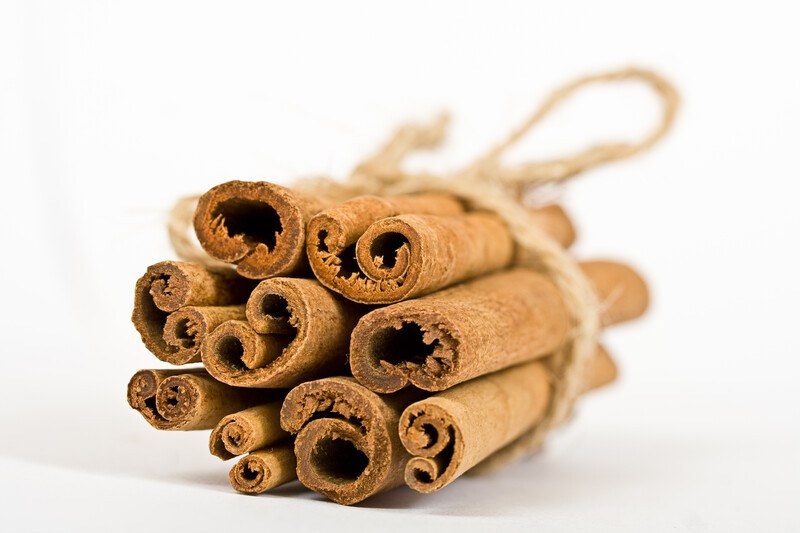
Cinnamon is an herb and flavoring that has several beneficial properties, including relieving inflammation and protecting the heart. It’s also great for effectively treating diabetes. Cinnamon helps to lower blood sugar levels, and it improves insulin resistance at the same time.
It’s easy to get more cinnamon in your diet, too. Some people take cinnamon capsules, while others cook with it. Cinnamon is a versatile flavoring that can be used in everything from keto bread to flavored whiskeys.
Apple Cider Vinegar

Like cinnamon, apple cider vinegar is known for its ability to lower blood sugar levels. It can be taken before a meal to reduce blood sugar spikes and slow the digestion rate. Taking apple cider vinegar with high carbohydrate meals could also improve insulin sensitivity in people who are already insulin resistant.
Many people take apple cider vinegar pills, but you can also drink apple cider vinegar in water to help keep blood sugar levels steady.
Eggs
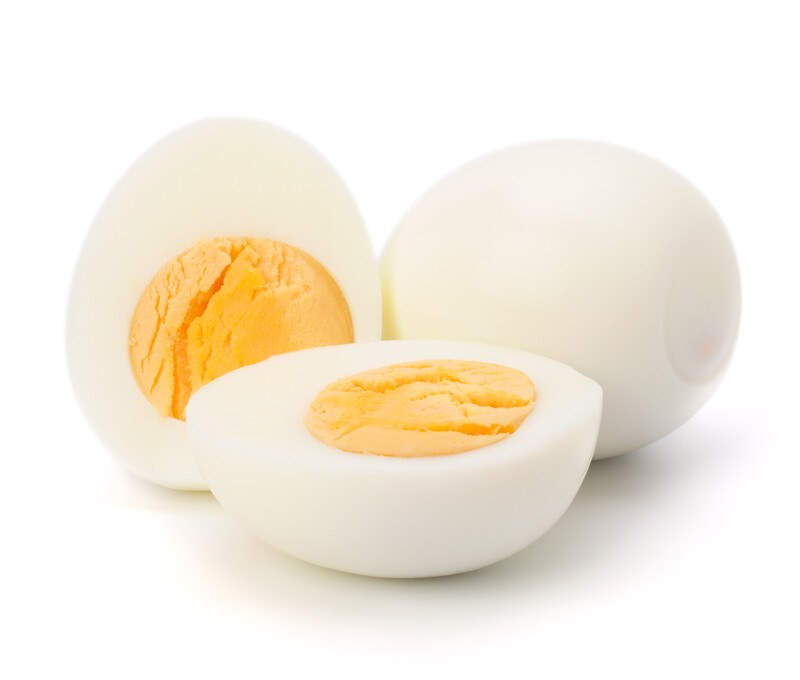
Eggs are packed with protein, which helps slow the digestive rate. This, in turn, can help prevent blood sugar spikes from eating. That’s wonderful news, but the health impact of eating eggs extends to insulin resistance, too. Some studies show that eating eggs can help reduce insulin resistance, and they have a positive effect on fasting blood glucose levels.
Sweet Potatoes
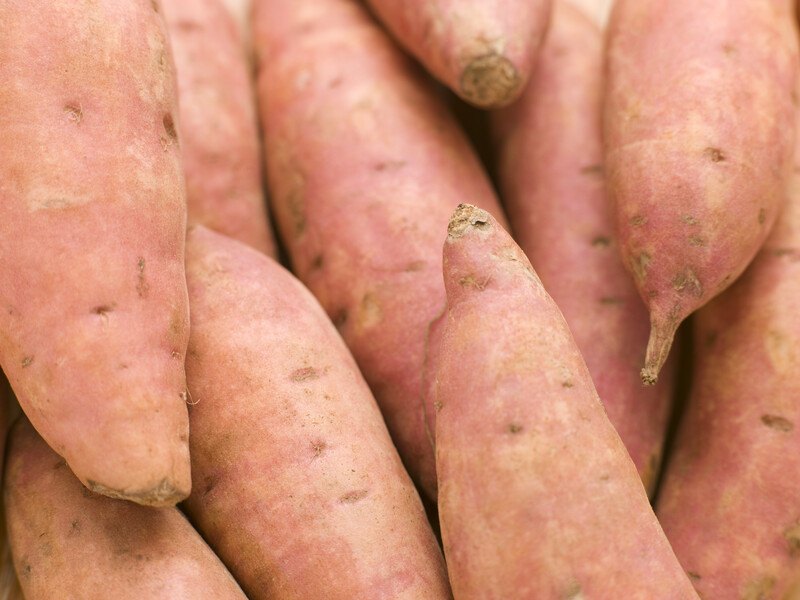
Although sweet potatoes are a starchy vegetable, they contain several nutrients that could help improve insulin resistance. They’re rich in fiber, which helps slow the digestion rate and prevent blood sugar spikes. They’re also rich in magnesium and carotenoids, which both have a positive impact on insulin resistance. In animal studies, sweet potatoes also help regenerate islets in the pancreas.
Lean Meats

Lean meats are a great way to get protein. High protein diets could help change your body composition, and that, in turn, could make you more sensitive to insulin.
While eating protein is associated with the release of insulin, protein only takes about half the insulin that carbs do. Over time, eating diets richer in protein and lower in carbs could result in increased insulin sensitivity.
Cruciferous Veggies
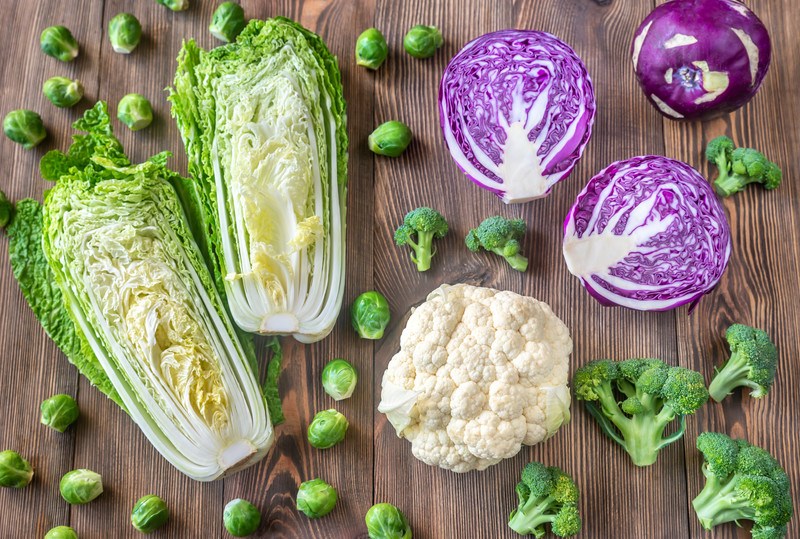
Cruciferous vegetables are vegetables from the cabbage family. They include cabbage, broccoli, cauliflower, kale, bok choy, Brussels sprouts, and kohlrabi. These veggies are rich in fiber, as well as vitamins and minerals that could help with a variety of health issues.
When it comes to insulin resistance and regulating blood sugars, cruciferous vegetables shine because of a compound called sulforaphane. Sulforaphane has strong antioxidant and anti-inflammatory effects. It helps prevent obesity, and it could help improve insulin resistance. Sulforaphane also helps protect against some types of cancers.
Chia Seeds
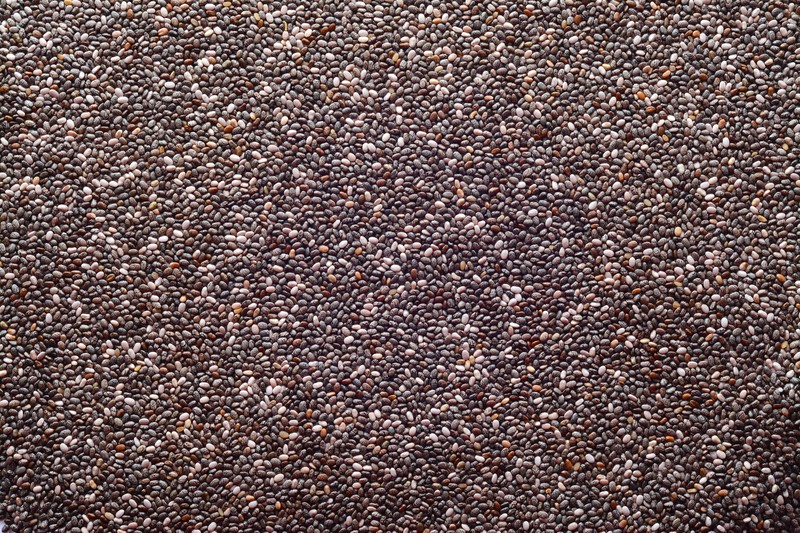
Chia seeds are the tiny black seeds of a mint plant that grows natively in northern Mexico. These seeds are often thought of as a superfood because they contain so many helpful nutrients. Chia seeds are packed with fiber, minerals like calcium and magnesium, and omega-3 fatty acids. The omega-3 fatty acids are especially interesting, because they protect the heart, reduce inflammation, and help with blood sugar control.
Among the many health benefits, chia seeds help prevent the onset of insulin resistance., and they could help normalize insulin sensitivity, as well. They’re also surprisingly easy to use in desserts.
Ginger
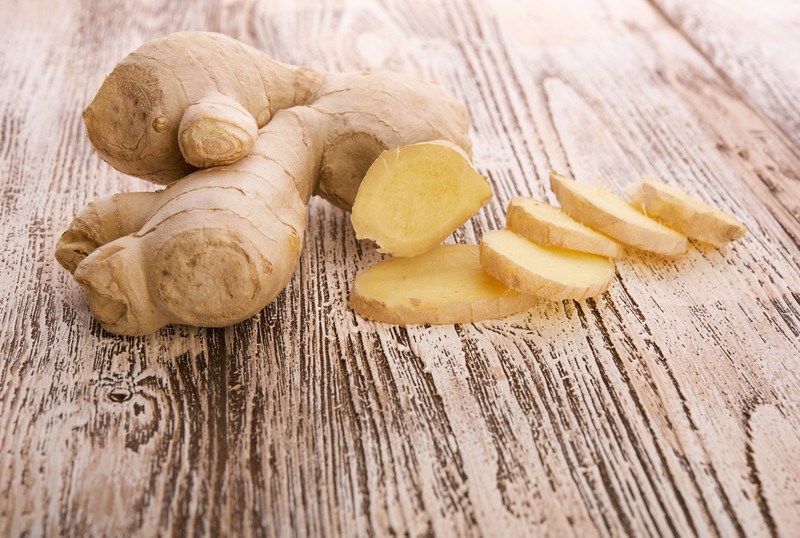
Ginger is a root herb that’s often used as a spice in Asian dishes. It’s also frequently taken as a tea or in pill form to help reduce nausea and other gastrointestinal problems.
Ginger’s medicinal qualities extend beyond tummy troubles, though. Ginger has been shown to help people lose weight, improve their heart health, and drastically lower their blood sugar levels. Ginger also reduces blood lipids and increases insulin sensitivity.
Berries
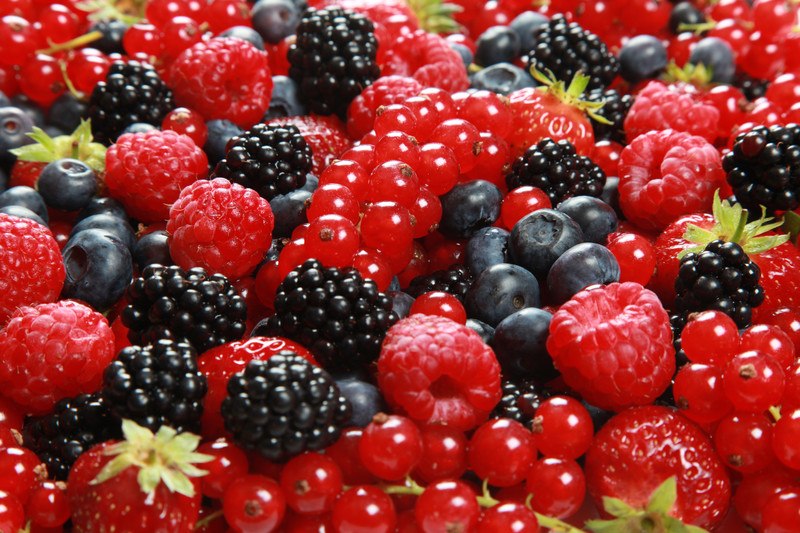
Berries are packed with antioxidants, vitamins, minerals, fiber, and other nutrients that impact health. Many berries are rich in vitamin C, which acts as both an antioxidant and anti-inflammatory substance, and the fiber in them could help slow digestion and limit blood sugar spikes when eating.
Some studies also show that eating berries could help lower blood sugar levels and reduce insulin resistance. Dark berries, including blueberries, cranberries, raspberries, and strawberries, are all excellent for helping improve insulin sensitivity.
Beans And Lentils
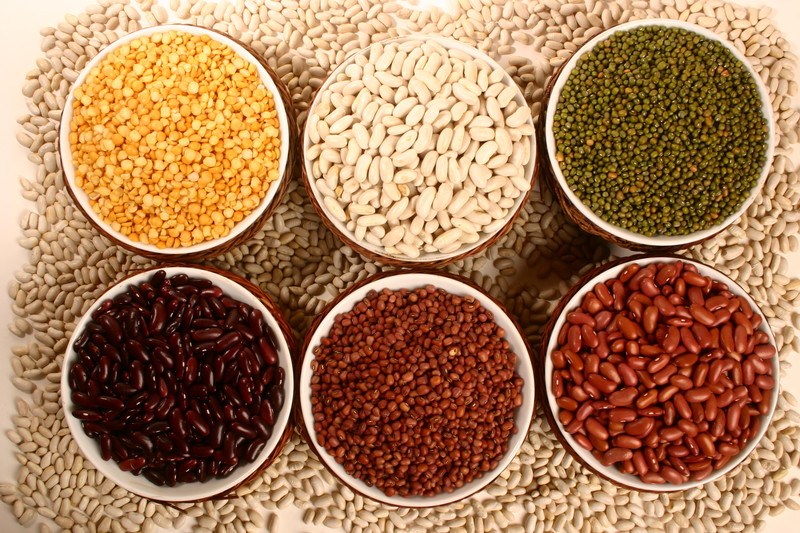
Beans and lentils are rich in fiber and minerals like magnesium, which help reduce insulin resistance. The high fiber provides a rich source of energy while slowing digestion and limiting blood sugar spikes.
Some sources show that eating beans and lentils on a whole plant foods diet could help heal and reverse diabetes. This works because beans, lentils, and other legumes help reduce insulin resistance.
Garlic

One recent study showed that supplementing with garlic powder helped reduce waist circumference, even when no weight loss occurred. While that’s wonderful in itself, the health benefits of garlic also include improving insulin resistance and oxidative stress—two factors that often lead to the development of diabetes type 2.
Raw garlic has also been shown to help lower blood sugar levels and improve insulin sensitivity. Garlic could be used as a flavoring in foods or taken as capsules.
Dark, Leafy Greens
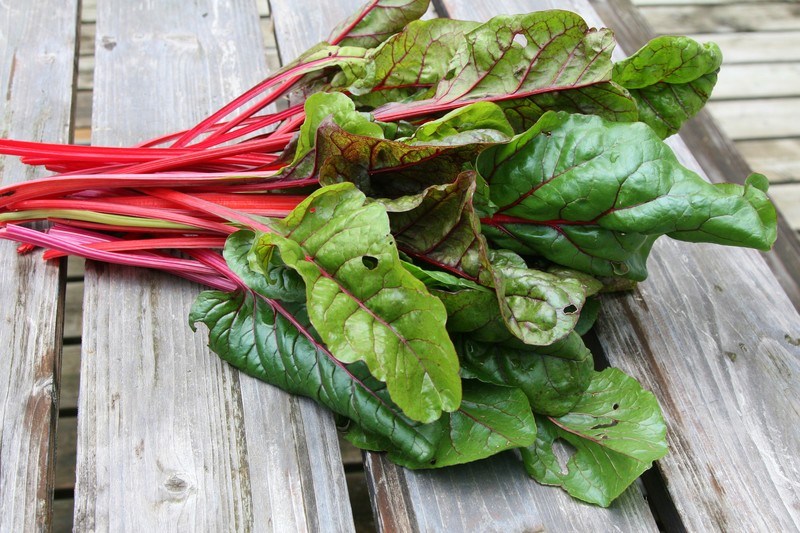
Dark, leafy green vegetables like spinach, Swiss chard, and kale are sometimes the first foods that come to mind when people mention healthy foods, and with good reason. Dark, leafy green veggies are packed with vitamins, minerals, and fiber.
When it comes to insulin resistance, these dark veggies shine because, like berries, they contain compounds called anthocyanins. Anthocyanins are pigments that give fruits and veggies their dark color. They’re also strong antioxidants and anti-inflammatory substances, and they help improve insulin resistance.
Olive Oil
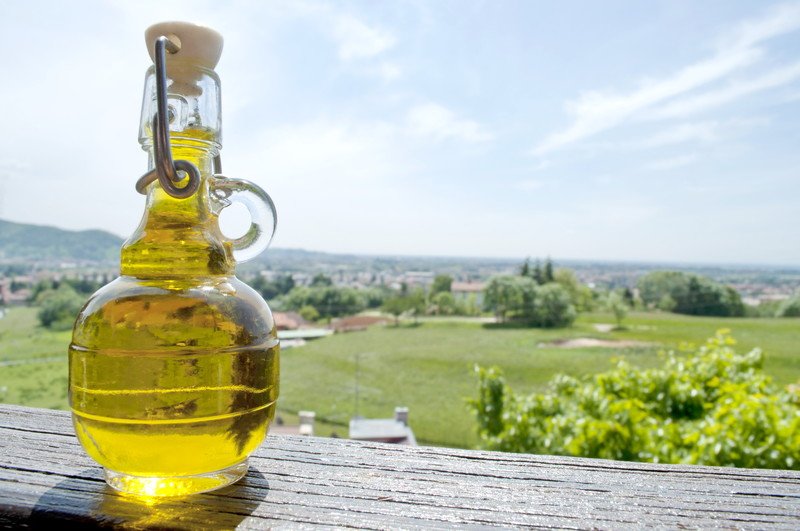
Olive oil is considered a healthy fat because of its high levels of monounsaturated fats. It’s been shown to help protect the heart, but it has some protective effects against diabetes, too. Olive oil is associated with improved insulin sensitivity. In some studies, it’s also associated with improved islet performance in the pancreas, and it could help lessen the incidence of fatty liver disease.
Avocado
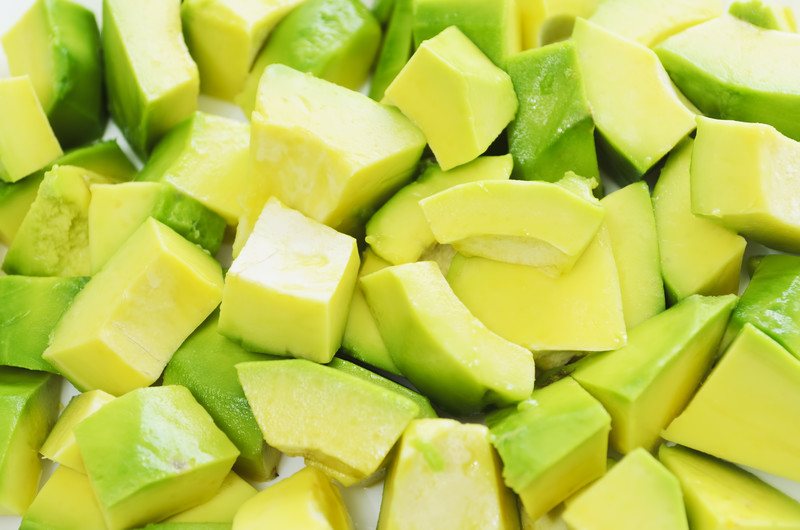
Avocados contain many of the same healthy fats found in olive oil. They also contain the same types of omega-3 fatty acids found in chia seeds, and they’re rich in fiber, minerals, and vitamins. The nutrients work together to help protect the heart while also addressing metabolic syndrome, including addressing insulin resistance.
Eating avocados has been shown to help improve insulin sensitivity and reduce blood sugar spikes following meals. Along with this, they help some people lose weight, lower blood pressure and normalize blood lipids.
Quinoa
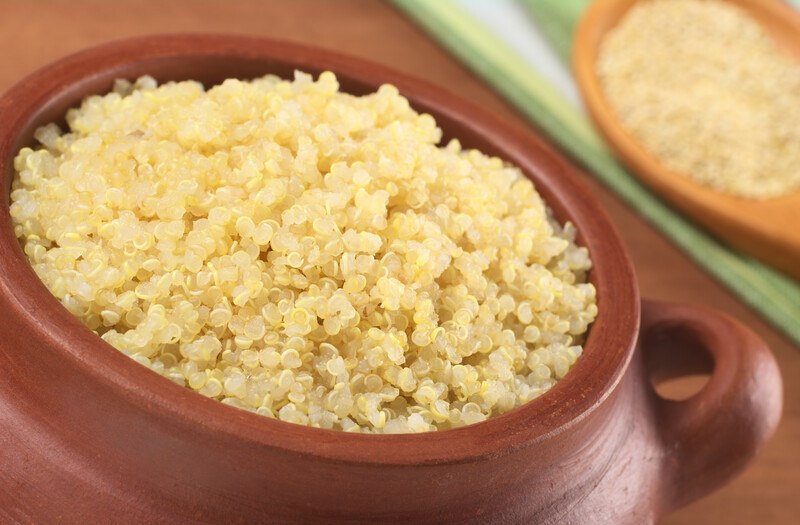
While it’s not technically a grain, quinoa has many of the same properties that whole grains have. Quinoa seeds are loaded with fiber, protein, and minerals.
The high fiber content itself has a positive impact on insulin resistance and blood sugar levels. Some sources indicate that the antioxidants in quinoa could also help improve insulin sensitivity.
Fatty Fish
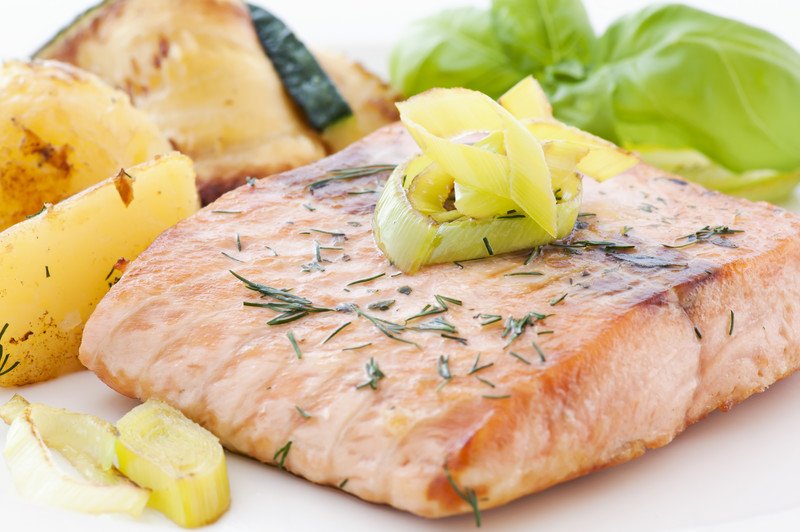
Fatty fish such as salmon, tuna, trout, sardines, mackerel, and herring contain omega-3 fatty acids. These fatty acids help protect the heart and positively impact brain function, but they also have health benefits for blood sugar levels, too.
Omega-3 fatty acids could reduce the markers associated with insulin resistance, possibly by helping to regulate how metabolism occurs in mitochondria. These fatty acids also reduce inflammation, which goes hand in hand with insulin resistance.
Plain Greek Yogurt
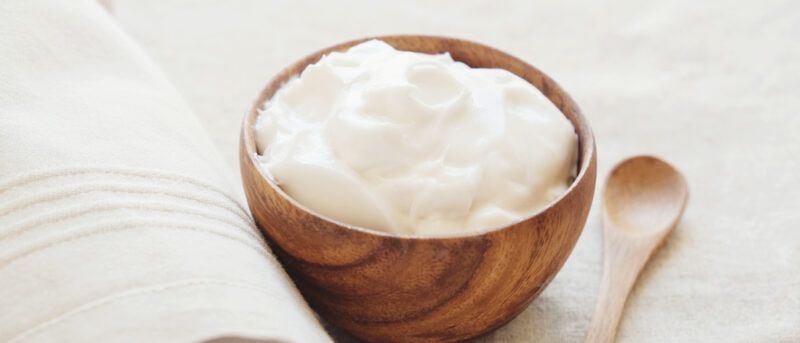
One of the benefits of plain Greek yogurt is that it’s relatively rich in protein without being too high in simple carbohydrates. While it digests easily, it helps repair the gut microbiome by adding helpful probiotic bacteria.
This is important because an unhealthy gut contributes to obesity, inflammation, and insulin resistance. This is particularly true as people age. Rebuilding a healthy gut could help improve insulin sensitivity, which could help some people reverse metabolic syndrome and reduce their risk of developing type 2 diabetes.
Turmeric
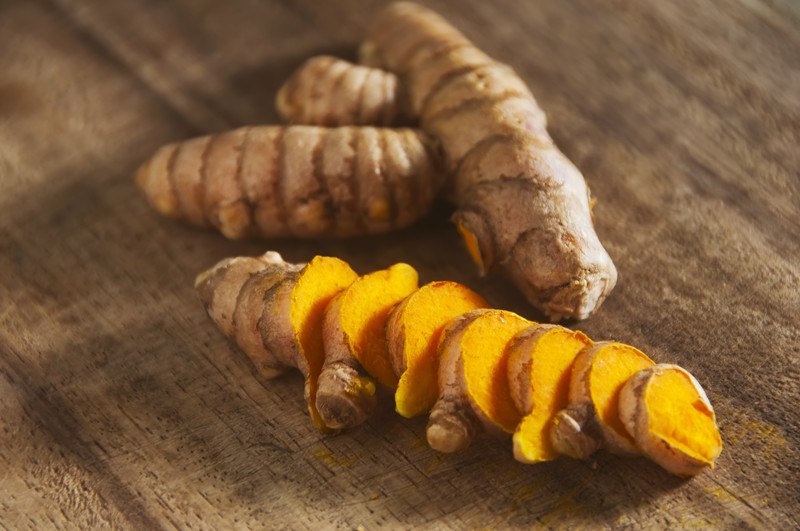
Turmeric is a bright orange-yellow root herb in the same family as ginger. This herb is often used as a flavoring in dishes like Yellow Curry. It’s a strong antioxidant and anti-inflammatory food.
Some studies have associated eating turmeric with weight loss and improved insulin sensitivity. A lot of its medicinal properties can be attributed to a polyphenol called curcumin. Besides increasing insulin sensitivity, curcumin in turmeric could be useful for treating arthritis and helping prevent some cancers.
Pumpkin
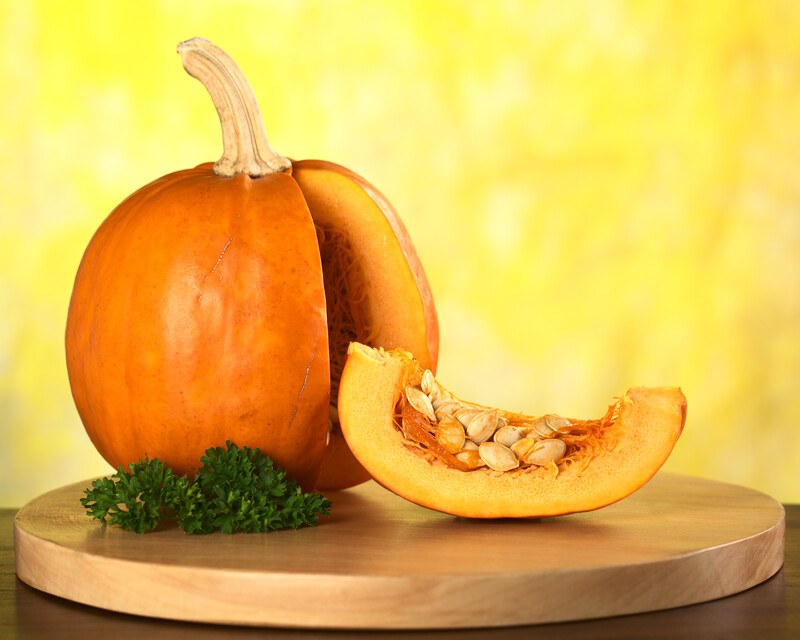
Like sweet potatoes, pumpkins are a starchy vegetables. However, pumpkins are rich in fiber, and they contain other compounds that could help improve insulin sensitivity. Some studies show that taking pumpkin extract could reduce the amount of insulin that diabetics must take.
Pumpkin helps to regulate blood sugar levels. Some compounds found in pumpkin could protect against some cancers and support healthy blood pressure and cholesterol levels.
Three Tips For Improving Insulin Sensitivity
Now that you’ve read about the 20 best foods for insulin resistance, let’s talk about other things you can do to increase your insulin sensitivity. These are common-sense ideas that you can put to work for you immediately.
Tip #1: Walk More
Besides insulin resistance, one of the key components of metabolic syndrome is high blood triglyceride levels. Walking just 30 minutes a day is enough to begin bringing those levels down, and when you do, you could also lose belly fat. Another side effect of walking is that cells tend to become more sensitive to insulin.
Tip #2: Sleep More
Sleep deprivation contributes to insulin resistance, so it makes sense that getting enough sleep could help combat it. One source indicates that a night of sleep deprivation is as harmful to insulin sensitivity as six months on a high-fat diet.
Tip #3: Swim In Cold Water
As uncomfortable as it sounds, swimming in cold water over the duration of about six months could help regulate insulin resistance. Of course, it will work better if you’re also sleeping more, walking more, and eating more of the foods from the list above.



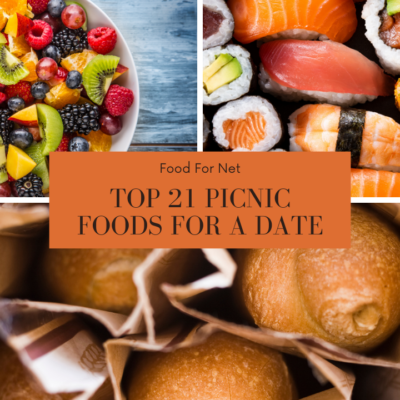
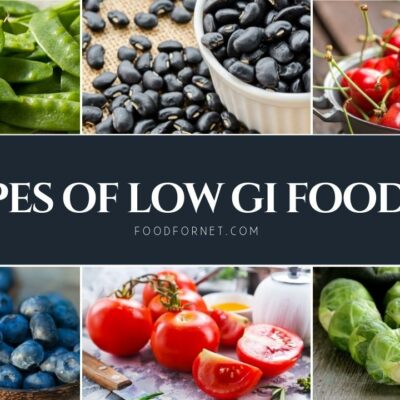


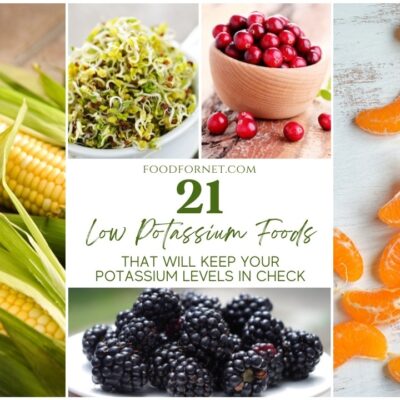

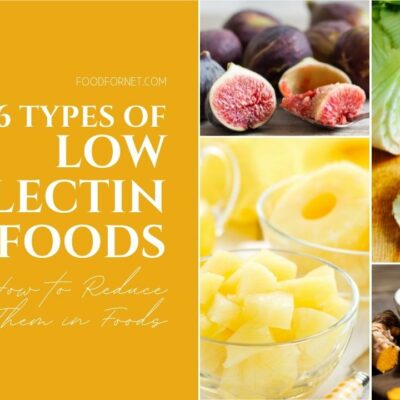
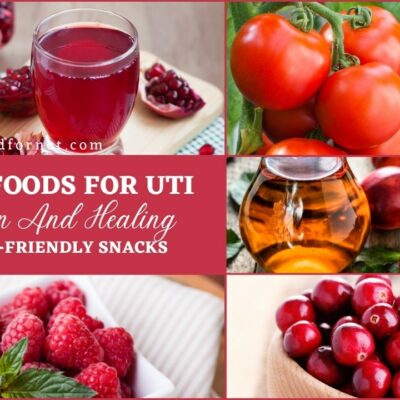



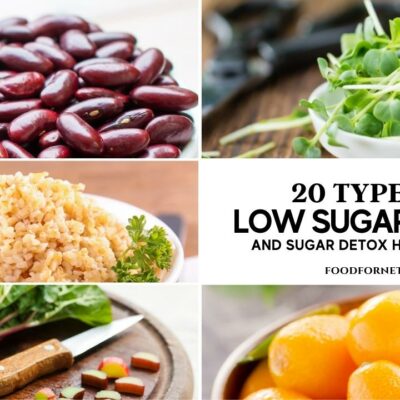


 Are Kiwis Good For You?
Are Kiwis Good For You?
What is a person to do, after sleep deprivation ost nights because of insulin resistance causing one to get up to pee several ties a night?